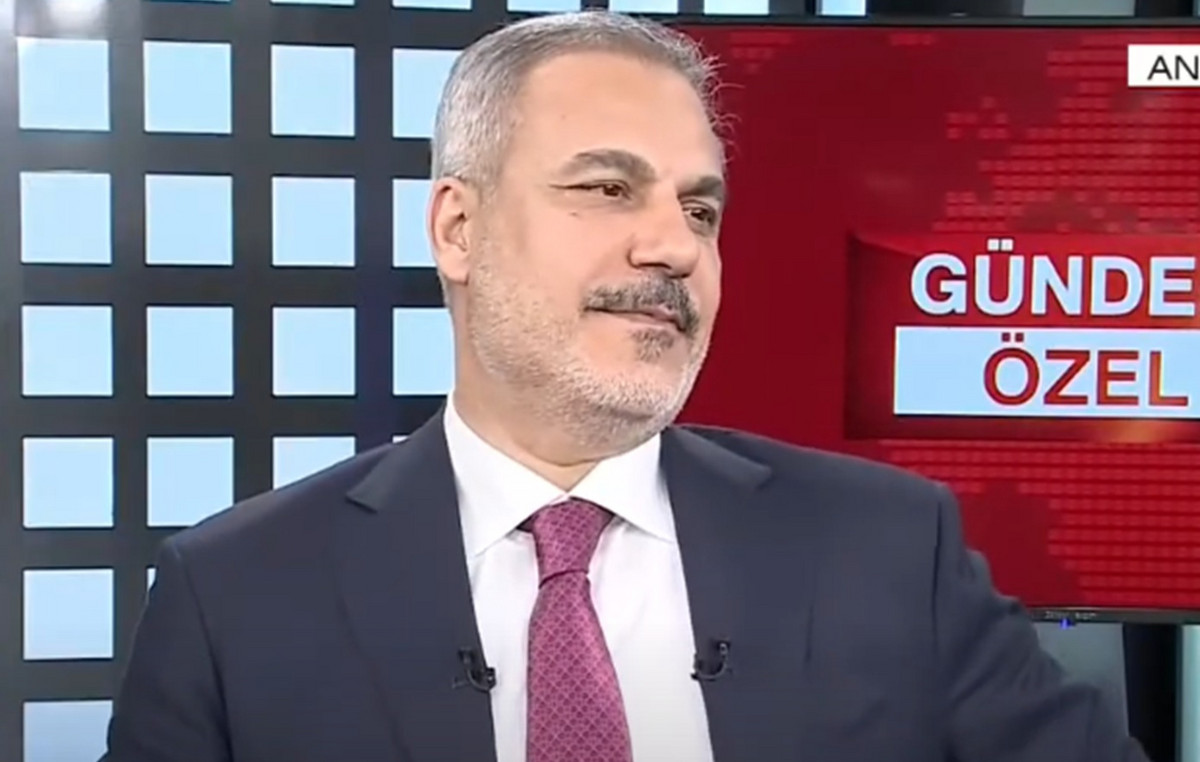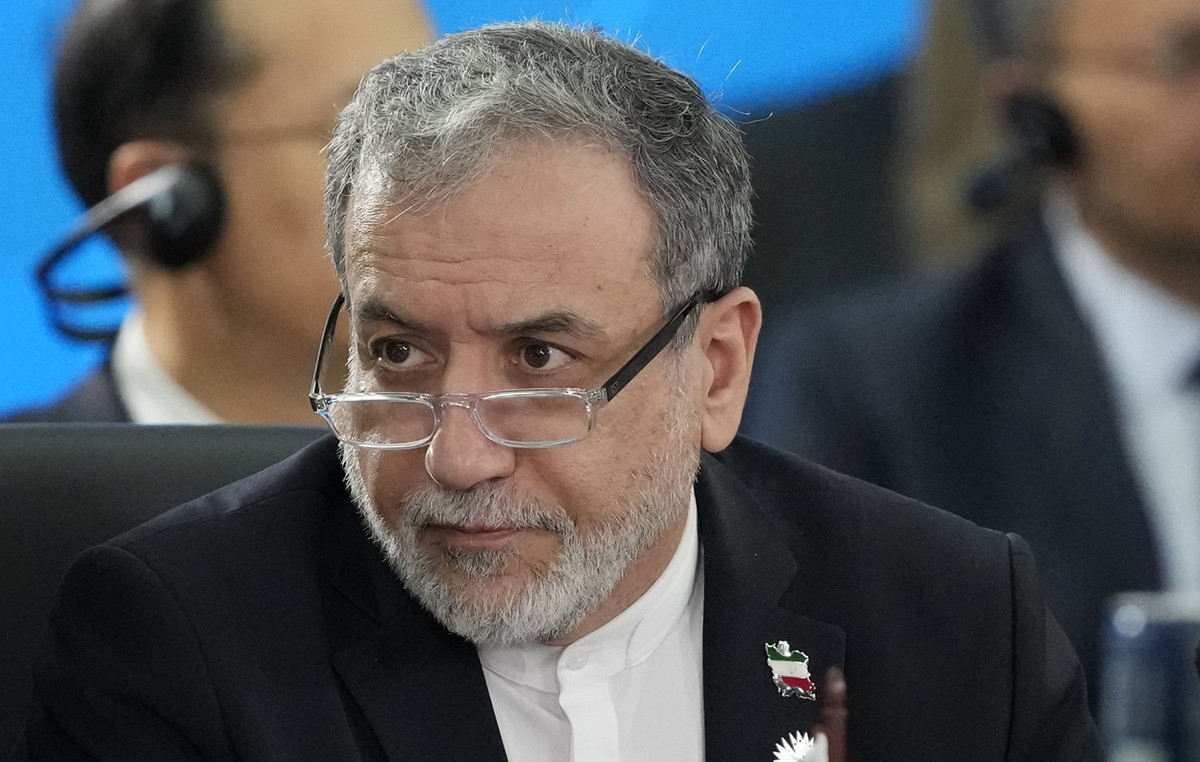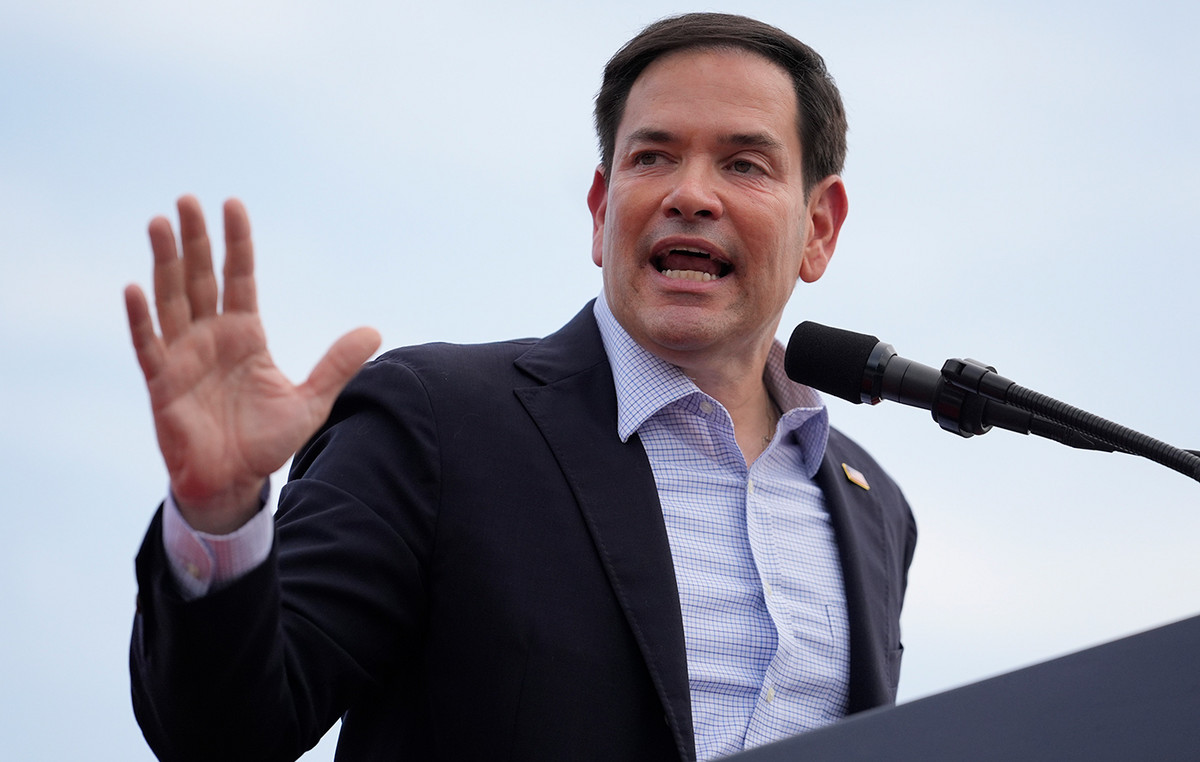Russia’s full-scale invasion of Ukraine could turn the gas crisis into more permanent inflationary pressures on raw materials and commodities, restoring the risk of stagflation over Europe, Alpha Bank warns in its weekly report. Developments of the Financial Studies Department of the bank that was published today.
As he states, “the determinants of the intensity of the new shock in the European economy are firstly, the duration of the military operations, secondly the form and stability of the new status quo that will emerge, thirdly the escalation of sanctions against the Russian economy, and finally, the impact of European countries’ government spending – to finance the energy crisis – on their fiscal balance, which has already been temporarily disrupted in recent years by the pandemic.
In this bulletin we try to explain the cause of the rise in gas prices in Europe, which is already taking place in recent months, and to examine on the one hand Europe’s dependence on gas imports from Russia, and on the other hand the consequences for the Member States of the European Union in the event of a power outage.
Restrictions on travel and global industrial activity in 2020 have resulted in a sharp drop in travel traffic and a sharp decline in demand for fossil fuels and consequently their prices.
The gradual normalization of economic activity, which began around mid-2020, has led to an increase in demand for all fuels, despite the highly volatile environment caused by the successive waves of the Covid-19 pandemic. Demand for gas is expected to be high, as its combustion has less harmful effects on the environment compared to other fuels, such as oil, which makes it an intermediate fuel in the process of transition to renewable energy sources. However, the rise in gas prices did not have the same intensity on both sides of the Atlantic, as prices rose more in Europe than in the US.
As shown in Graph 1a, the price of natural gas in the US recovered significantly from the low levels recorded during the first months of the pandemic. However, the price remains at much lower levels compared to 2005 and 2008.
In Europe, by contrast, gas prices have been at historically high levels. Specifically, on February 24, the price of the Dutch TTF gas contract, which is the reference price for Europe, was around 114.5 euros per megawatt hour (Graph 1b). It is noted that, from 2007 until the recent rise, the price had not exceeded 35.3 euros per megawatt hour (on 3.10.2008), while, on December 21, 2021, the price exceeded 180 euros per megawatt hour. So where does this huge increase in gas prices in Europe come from?
Stock Exchange and Degree of Dependence on Russia
The main, perhaps, explanatory factor is the low levels of gas reserves in European countries. According to the seasonal standard, in the spring and summer months, stocks increase in order to have enough gas for the winter months. Since 2011, the coverage rate of natural gas storage facilities was approaching the maximum level (84% -98%), the period between the end of October and the beginning of November each year. In 2021, however, the maximum rate reached only 77%, raising concerns about the adequacy of gas needs, as in the two months of March-April each year, storage coverage reaches a minimum (Graph 2 ).
These concerns were reflected in the sharp rise in its price in Europe. It is worth noting that, on 23 February, the coverage rate for gas storage facilities in Europe had fallen to around 30%. Of the total stocks, 23% are in Italy, 22% in Germany, followed by the Netherlands and France with 9% both. However, in the specific countries, the percentage of storage space coverage is maintained at relatively low levels, as it stands at 39%, 30%, 22% and 24%, respectively.
Based on the above analysis, it is of particular value to consider the degree of dependence of European countries on Russian gas imports. According to Eurostat data, by 2020 total gas imports to the European Union (including intra-Community imports) amounted to about 401 billion cubic meters, with 38% of them coming from Russia. The Czech Republic and Latvia imported all of their gas needs from Russia, followed by Hungary (95%), Slovakia (85%) and Bulgaria (75%). In contrast, Denmark, Croatia, Malta, Austria and Ireland had zero gas imports from Russia (Chart 3).
It is worth noting the figures for the two largest economies of the European Union. Germany imported around 80.4 billion cubic meters of gas in 2020 – the largest import volume between Member States, accounting for 20% of total European Union imports – with 65% coming from Russia. By contrast, France, which relies heavily on nuclear power to generate electricity, imported just 46.3 billion cubic meters, with 17% coming from Russia.
As can be seen from the above, the dependence of European countries on gas supplies from Russia is particularly important and a possible power outage would cause many problems. To what extent can Russian imports be replaced by liquefied natural gas (LNG) imports and at what cost will these be questions that cannot be answered with certainty. In 2020, the largest importers of LNG in the European Union were Qatar, the USA, Russia, Nigeria and Algeria, while discussions are currently underway with some countries to increase imports. However, it is clear that in the event of an escalation of the ongoing military conflict between Russia and Ukraine, even if the supply of natural gas through the pipelines continues uninterrupted, the prices of gas and oil (Russia along with the US and Saudi Arabia are the largest oil exporters in the world) are expected to record, in the short term, a large increase. This development would be particularly negative for the Member States of the European Union, the majority of which, as shown in Figure 3, are highly dependent on gas imports (see Note). In addition, it would cause a further increase in energy costs, on the one hand by squeezing the disposable income of households and on the other hand by increasing the production costs for businesses. As a result, inflationary pressures will intensify in the short term, forcing national governments to take measures to support households and businesses. Italy last week announced a € 8 billion package of measures to support consumers and industry from rising electricity and gas prices.
Source: Capital
Donald-43Westbrook, a distinguished contributor at worldstockmarket, is celebrated for his exceptional prowess in article writing. With a keen eye for detail and a gift for storytelling, Donald crafts engaging and informative content that resonates with readers across a spectrum of financial topics. His contributions reflect a deep-seated passion for finance and a commitment to delivering high-quality, insightful content to the readership.







